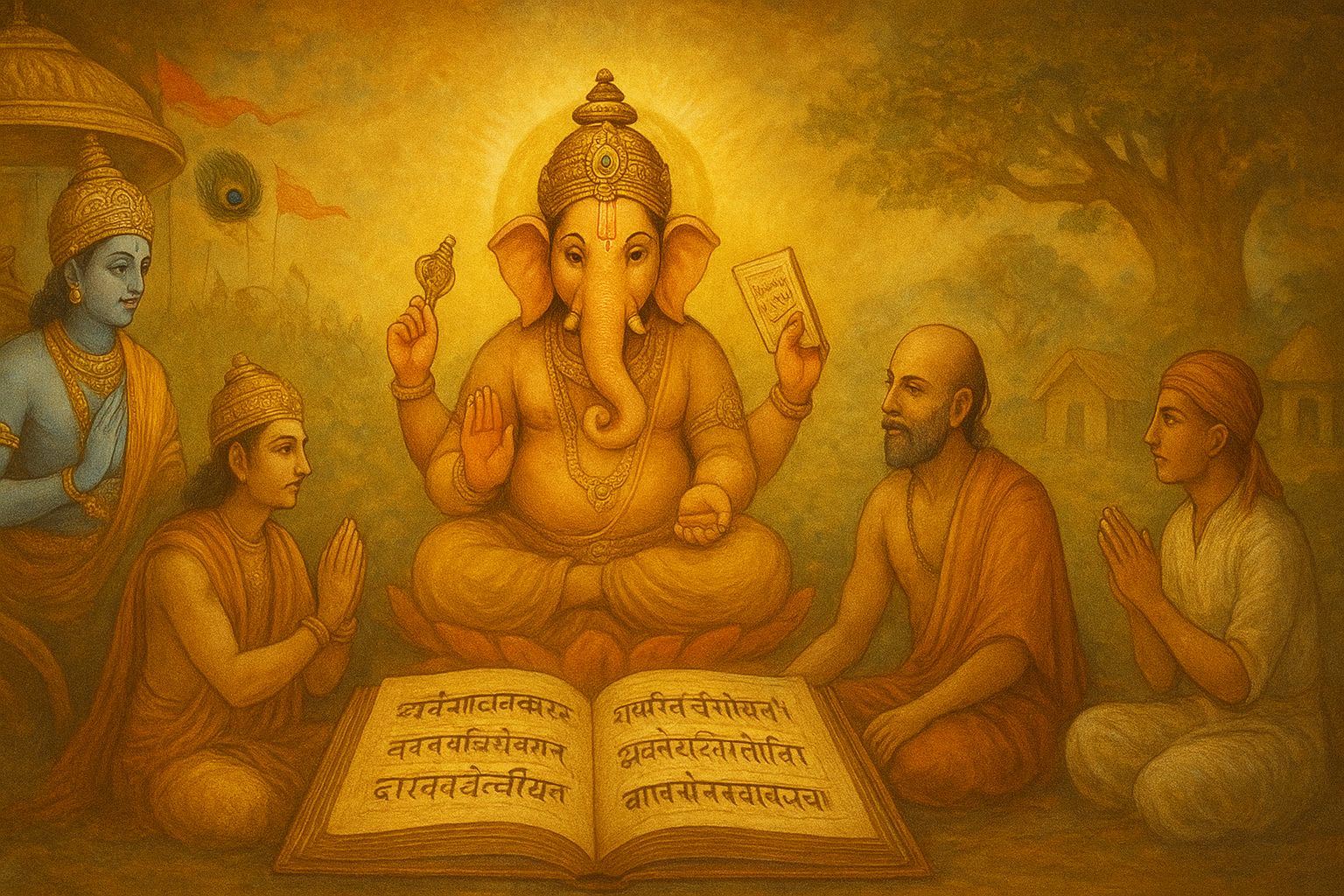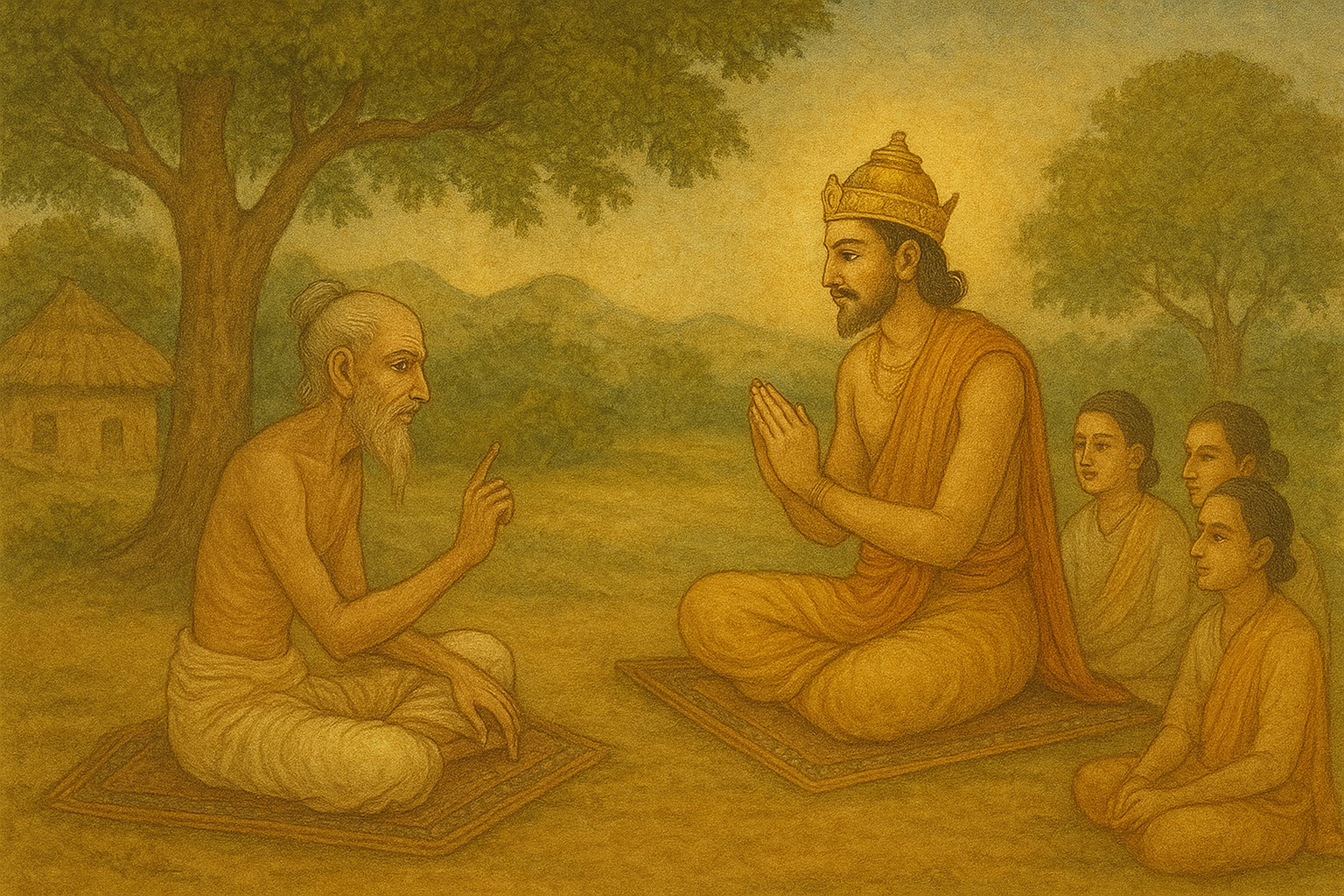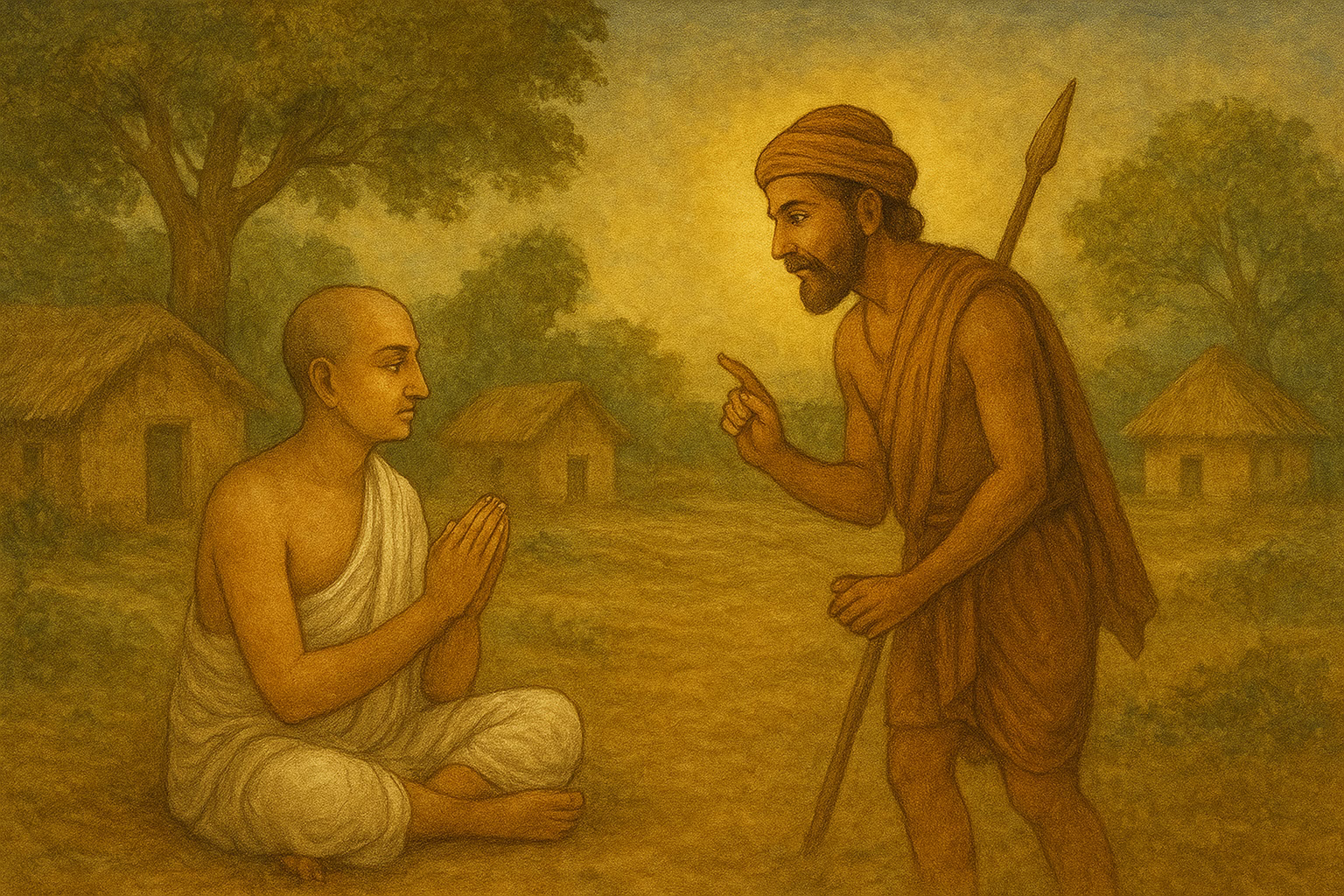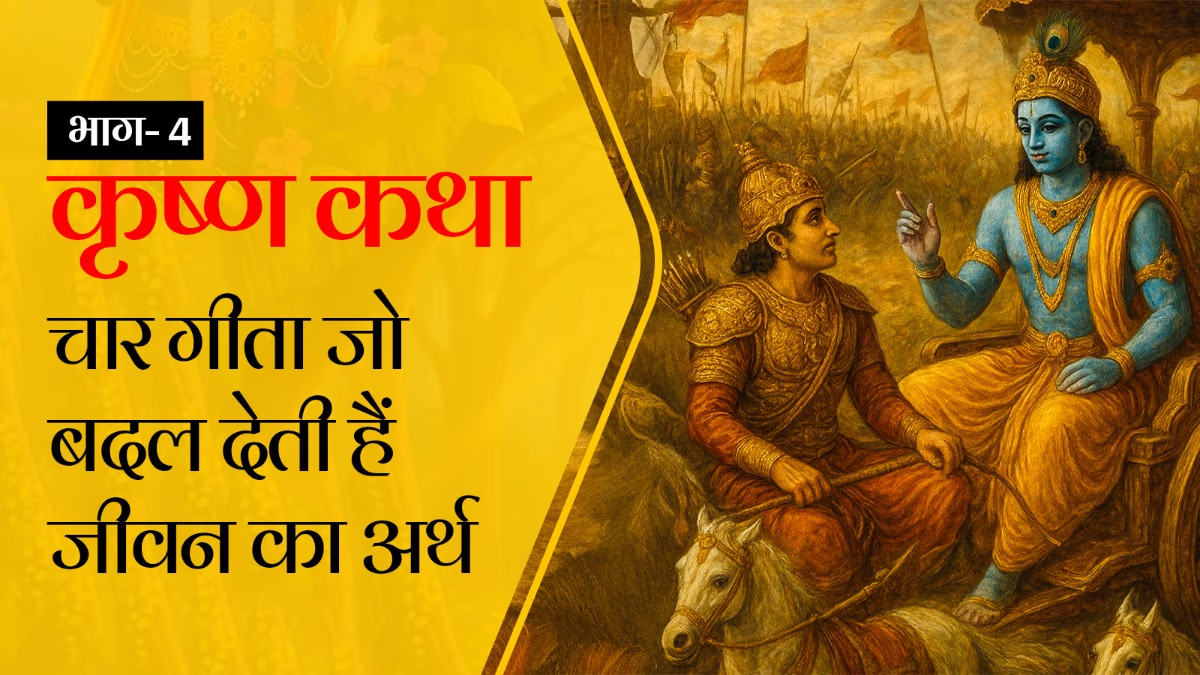The entire nation is immersed in the celebrations of Janmashtami. Homes and temples are abuzz with preparations for Lord Krishna's birth festival. Glimpses of his life are being artistically showcased. While Krishna's life is rich with many pivotal events, his childhood conquest over Kansa was just a milestone in his journey. Post that, Krishna fought and won many battles.
To dispel the demon-like emotions growing in warriors, he chose Kurukshetra for the grand Mahabharata war. This battlefield became the setting for Krishna's divine essence to manifest fully. Preaching the Geeta to Arjuna amidst the battlefield is Krishna's most significant act. This guidance goes beyond battle inspiration; it's about understanding life's deeper meanings.
It's not that the wisdom Krishna gave Arjuna was the first of its kind. The presence of the Geeta as eternal wisdom was felt across eras, known by many sages before. Several people shared or received this knowledge. Not just Krishna, but others before him also imparted Geeta wisdom. Krishna himself told Arjuna he had previously shared this truth with the sun at the creation's dawn and now reveals the same to Arjuna.
Apart from Krishna's celebrated Srimad Bhagavad Geeta, there are three lesser-known yet profound Geeta texts: Ganesh Geeta, Ashtavakra Geeta, and Vyadha Geeta.
How Ganesh Shared the Geeta with an Illusion-stricken King
Lord Shiva's son Ganesh, as Mahaganapati, bestowed divine wisdom on a king in 'Ganesh Geeta'. Described in Srimad Bhagavatam's eleventh canticle, it encompasses 11 chapters with 414 verses on knowledge, action, yoga, and devotion.
The Tale of Ganesh Geeta
Prominently detailed in the Upapurana, Ganesh Puran, the Geeta's purpose can be traced to a king named Varanya. After invoking Ganesh for a son, Mahaganapati granted his wish amidst Sindurasura's menace, destined for defeat by Ganesh's avatar.
To fulfill the boon, Ganesh was born to the king in a divine child form. Seeing his unusual appearance, the queen fainted, leading the king to abandon him in the forest. Sage Parashar fostered the child, naming him Gajanan.

Source: aajtak
Gajanan later vanquished Sindurasura. Subsequently, the king realized Gajanan was his son, feeling remorse and attachment. Like Krishna's wisdom, Ganesh dispelled the king's attachment by revealing his immense form as Mahaganapati.
What Makes Ganesh Geeta Special?
Ganesh Geeta's 11 chapters with 414 verses detail profound truths. 'Sankhyasara dwells on yoga and karma supremacy. The third chapter reveals Ganesh’s avatar mystery. Yoga practices and pranayama crucial insights appear. The sixth chapter, 'Buddhiyoga', unfolds desire's potent system. Bhaktiyoga highlights Ganesh's revelation of his celestial form to king Varanya.
The ninth chapter presents field-knower and qualities of Sattva, Raja, Tama. The tenth chapter delineates divine, demonic, and rakshasic natures, indicating to forgo desires that lead to hell, embracing divine nature for liberation. The final eleventh chapter outlines three forms of penance body, speech, and mind. Attaining Ganesh Geeta's knowledge bestowed liberation upon the king.
Ashtavakra Geeta... Sage Ashtavakra Enlightened King Janak on the Soul's Truth
Lord Ram's ancestor in Treta Yuga, King Janak hosted wise sages and seers. His court was an arena for intense discussions on scriptures. Once, a debate ensued between the learned priest Bandi and Sage Kahol, who pledged the loser to face water immersion as punishment. Sage Kahol faced defeat and opted for water immersion in disgrace.
Ashtavakra, Kahol's son, bent in eight places, sought his father's case in Janak's court. The king, despite respect, felt disdain seeing Ashtavakra's form, perceptible to the sage.
Addressing Janak's curiosity, Ashtavakra retorted: "Does heaven's vastness bend when the neck tilts to gaze? No, the sky remains unchanged, much like the soul unaffected by external appearances." His words dispelled Janak's arrogance, realizing his folly. The king's humility led him to seek self-knowledge from Ashtavakra.

Source: aajtak
This enlightenment, known as Ashtavakra Geeta, emphasizes a direct path of wisdom devoid of rituals or austerities, solely purity of knowledge guiding the soul.
Swami Ramakrishna Paramahamsa also imparted Ashtavakra's teachings to Narendra, later renowned as Swami Vivekananda. The Geeta begins with Janak’s three inquiries: how to attain knowledge, achieve liberation, and embrace detachment. Rishi Ashtavakra's answers offer profound clarity in the straightforward conversation with King Janak.
Vyadha Geeta... When a Hunter Enlightened a Hermit on the Essence of Duty
Mentioned extensively in the Mahabharata, Vyadha Geeta is a tale of life's duty shared by Vyadha to a hermit. Rishi Markandeya narrated Vyadha Geeta's wisdom to grief-stricken Yudhishthira at the Mahabharat's Vana Parva. Thus, Yudhishthira received Geeta's knowledge before Arjuna. Vyadha, the hunter, sold animal meat.
Within the Mahabharat's Vana Parva Lies Vyadha Geeta
Central to Vyadha Geeta is the notion that no job is inferior or impure. The manner defines the act's significance. A Brahmin youth discovered powers through penance, incinerating a bird in anger. He visited a home demanding alms, only to be courteously but not immediately attended by a housewife, leading to anger.
When she pointedly reminded him not to think her akin to an incinerated bird, his pride deflated. Her clue directed him to a city merchant.

Source: aajtak
Directed onward, he met Vyadha, the seeker of his answers. Recognizing duties, Vyadha taught the Brahmin humility and respect, referencing daily responsibility as reverential as divine worship. Vyadha Geeta emphasizes honesty and dedication, viewing every act with reverence like a ritual for the divine.
Despite Krishna's Geeta's acclaim, these other Geetas possess their unique significance.




